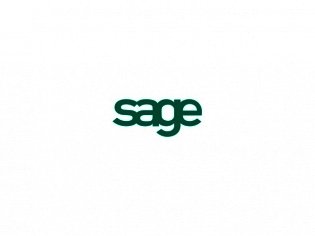South African SMEs may face a difficult year in 2015, with a range of worrying economic indicators on the horizon. That means that it’s more important than ever for them to streamline the ways in which they manage their cash flow.
Here are 10 tips from Donovan Marais, Channel Manager at Sage Pay, about how you can accelerate the flow of money into your business while reducing your banking transaction costs. These easy steps can help you to remain competitive and profitable, even in a tough economic climate.
1. Shop around for payment services
Merchant banking services such as card payment processing, bulk payroll, supplier payments -and debit order processing can be expensive. The prices may vary widely between different service providers. Shop around to find the best. Not only the best fees, but the best system and best service. In many cases, you might be better served by an online payments specialist than a traditional financial institution.
2. Encourage customers to go for debit orders
If you can get customers to agree to pay you by debit order, that’s the first prize for your cash flow. It means that they won’t forget to pay you and that there won’t be any delays if they’re on holiday or didn’t get your bill in the mail. It is also a lot cheaper for your customer than paying via conventional payment methods.
3. Use discounts and rewards to incentivise your debtors to pay fast
Offering your customers small discounts or rewards for fast payment can help to push your bill to the top of their pile of invoices for the month. It also encourages customers to sign a debit order if the payment amount is less. Depending on your situation, it may even make sense to encourage them to pay upfront with an EFT payment discount.
4. Offer your customers more ways to pay
Make it easy for your customers to pay you - whether they want to use an electronic fund transfer, a credit -or debit card, debit order or even a cheque. The more payment options you have the easier it is to get your cash flow boosted.
5. Use technology to stay in touch
An important element of cash flow management is chasing up payments from people who owe you money - technology can help streamline the process. It can automate much of the work of billing customers, sending reminders and providing receipts. Rather than using the post - which is expensive and unreliable - try to get customers to agree to accept invoices and statements via email. And then use email and SMS alerts to follow up with customers who have not paid on time.
6. Make your payment terms clear and fair
Explain your trading terms and conditions upfront to customers - they will appreciate the honesty and transparency. If customers know your terms are cash on delivery or 30 days, they’ll be better prepared to pay on time.
7. Be savvy about fraud and crime
Be alert to identity theft, credit card fraud -and other crime risks. Put the right procedures and processes in place to protect your business from crime, which can cause serious damage to your bottom-line.
8. Be safe and secure
There is nothing worse than having a system meltdown or computer crash. In today’s modern age, most data is stored in a digital format, mostly on our PC’s. Make sure the transaction processing provider you use keeps accurate records which are backed up regularly and stored in a safe and industry acceptable manner. This way, even if you have a computer crash, the transactional data is will be safely stored and readily accessible online.
9. Don’t delay…. Pay
Like you want your customers to pay you faster, the same applies to your suppliers. And you might even negotiate a discount for early payment.
10. Save, save and save
Cash flow is fundamentally important to any business, but having access to your cash is just as important. Since most traditional saving platforms, such as ordinary business bank accounts don’t offer any real savings related benefits – it is preferable to source a service provider who will assist you to earn interest coupled with having fast access to your money.





